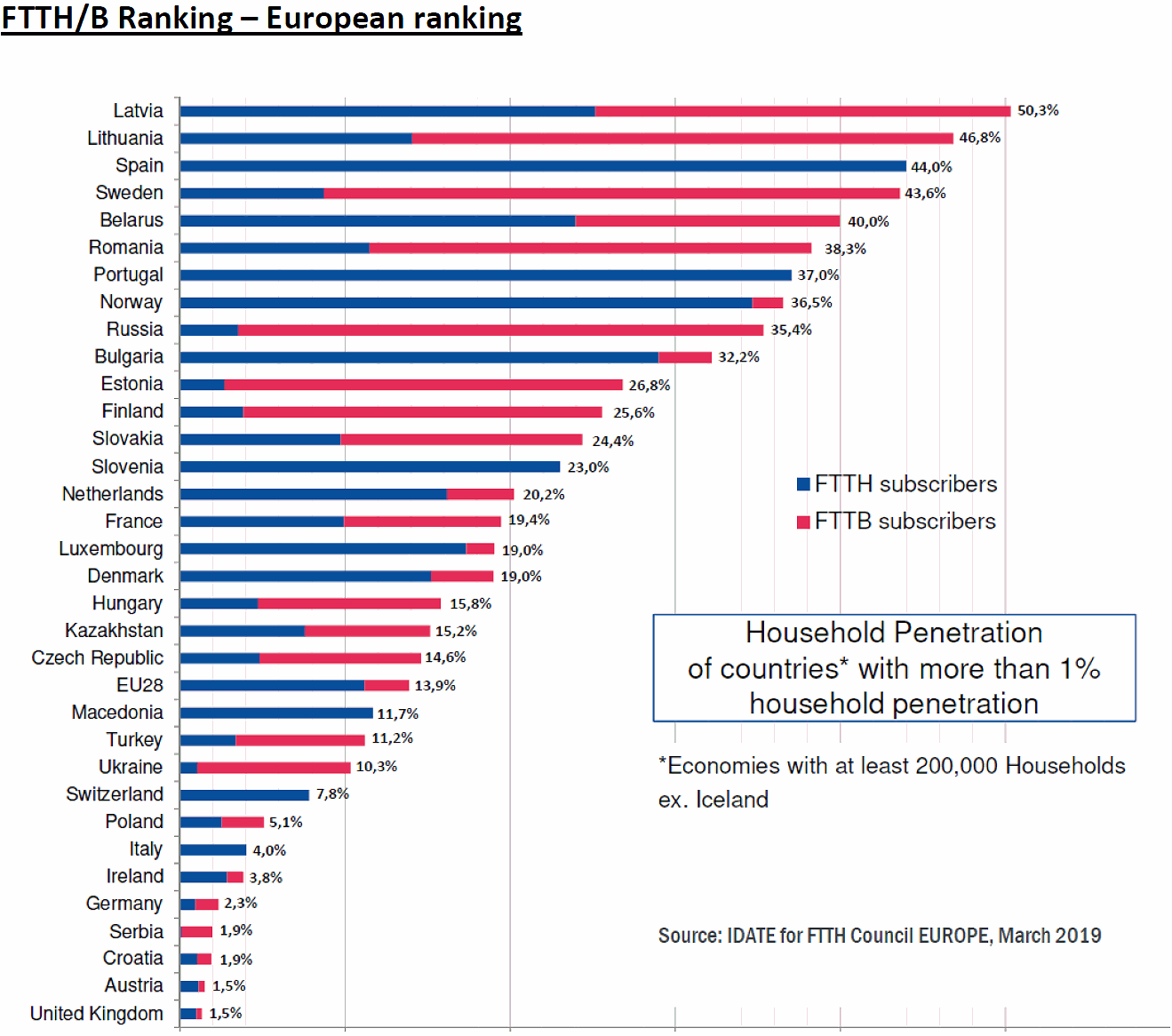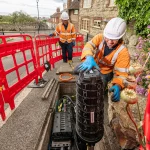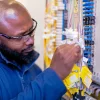UK Finally Joins 2019 FTTH Ultrafast Broadband Country Ranking

After years of waiting we’re pleased to report that the United Kingdom has finally been included into the FTTH Council Europe‘s annual 2019 country ranking, which lists the countries with the strongest subscriber penetration of “full fibre” (FTTP/H/B) ultrafast broadband ISP networks. Predictably.. we’re at the bottom.
The most recent data from Ofcom (here) states that “full fibre” networks now cover just 6% of UK premises and, while still low, that figure is double what it was a year ago (3%). Much of this improvement has come from the Government’s increasing support for such networks, such as via their business rates holiday on new fibre, as well as Gigabit connection vouchers, various funding schemes and regulatory changes via Ofcom (summary).
As a result we’ve seen a rise in competition between Fibre-to-the-Premises (FTTP) ISPs during 2018 (Cityfibre, Hyperoptic, Gigaclear, Community Fibre etc.), which are almost jumping over each other to see who can roll-out the most fibre optic lines (Summary of UK Full Fibre Plans). Many of those are commercial roll-outs that only really began at any scale last year and for the time being most are only focused on urban areas.
Advertisement
Meanwhile the Government has set an aspiration for “nationwide” coverage of full fibre networks to be achieved by 2033 (here), although this would require the market to be adding around 2 million premises (not overbuild) to the national coverage every year for the next decade or more. Deployments are ramping up but we’re nowhere near this.. yet.
Suffice to say that last year’s progress was enough to finally see us enter into the council and IDATE’s annual ranking, which crucially looks at household penetration rather than raw network coverage. Unsurprisingly we enter the table at quite a low position, but it’s a start.
The United Kingdom enters the ranking with a penetration rate of 1.3% and a take-up rate of 13.1%. Related subscriptions grew by 83% compared to September 2017 (total of 369,250 subscribers) and its homes passed grew by 22.8% (total of 2,817,000 homes passed). The latter figure seems to be more optimistic than Ofcom’s most recent data.

Advertisement
Overall the number of Fibre-to-the-Home (FTTH) and Fibre-to-the-Building (FTTB) subscribers in Europe (EU39 countries) increased by 15.7% since September 2017 with more than 59.6 million FTTH/B subscribers in September 2018. Russia is still the leader in terms of FTTH/B subscribers in the European region, although it has showed a lower growth rate compared to other European countries which are catching up quickly with a 21% growth.
The deployment of FTTH/B networks has also increased significantly. By September 2018 it is estimated that the coverage of such networks had reached 46.4% in the EU39 and 36.4% in EU28 countries. “This shows a clear upward trend from September 2015 where the estimated coverage rate in the region was 39% in the EU39 and 27,2% in the EU28,” said the council.
This year the country adding the most subscribers was Spain (1,858,743), while France comes second with an addition of 1,480,220 and Russia saw its FTTH/B subscriber base increase with 1,256,000 new additions. As for take-up of the service, it’s jumped to 37.4% for the EU39 (up from 34.8% last year) and take-up in the EU28 is even higher at 38.2%. Countries like Andorra, Belarus, Belgium, Latvia, Netherlands and Romania experience a take-up rate surpassing 50%.
Ronan Kelly, President of the FTTH Council, said:
“These new figures show a momentum that is accelerating over the last few years. Full fibre is the way forward and the results of the Market Panorama provide compelling evidence of this. Fibre expansion is booming in many countries and today more consumers are aware of the benefits of fibre.
Our job is not done, however, there is still a long way to go until every citizen and business has access to the benefits of full fibre in Europe.”
Obviously it’s still early days for the UK and for the time being most of our fixed broadband connections will continue to be dominated by cheaper and often slower hybrid fibre solutions (e.g. FTTC VDSL / G.fast and Cable DOCSIS), probably for quite a few years to come. Plus there’s always the chance that 5G could throw a spanner into the works by undercutting FTTP as an alternative broadband product.
Advertisement
Otherwise it’s worth considering that country-to-county comparisons never tell the whole story. For example, some countries have funded the deployment of fibre almost entirely from public money, while offering very little in the way of competition (e.g. consumer choice of ISPs). Meanwhile other countries may see a significantly larger proportion of people living in big apartment blocks (e.g. Spain, Portugal), which are a lot cheaper to reach.
The thing to watch in future years is our rate of growth and whether or not we start skipping ahead of other countries, which at the current pace is a distinct possibility but it’s still a long ladder left to climb. Many other countries will have reached the finish line long before we’ve even got to the halfway point.
On the other hand today’s report includes a market forecast based on an individual analysis of 15 countries. The forecast finds that while Russia is expected to continue leading the ranking for FTTH/B homes passed in 2020 and 2025, they also say it is “very interesting to note that the UK is likely to catch up to become 2nd in the ranking in 2025, ahead of France and Spain.” In our view this seems very unlikely to happen by 2025.
UPDATE 8:58am (GMT)
Another useful slide from this morning’s event, which shows how fast the UK is growing vs others.

We also have a future forecast to reflect that 2025 prediction above, which looks wildly optimistic for the UK (particularly since the Government only expects 15 million premises by 2025 and that’s more realistic).

Mark is a professional technology writer, IT consultant and computer engineer from Dorset (England), he also founded ISPreview in 1999 and enjoys analysing the latest telecoms and broadband developments. Find me on X (Twitter), Mastodon, Facebook, BlueSky, Threads.net and Linkedin.
« Isle of Man ISP Manx Acquired by Infrastructure Firm for £256m






















































Comments are closed